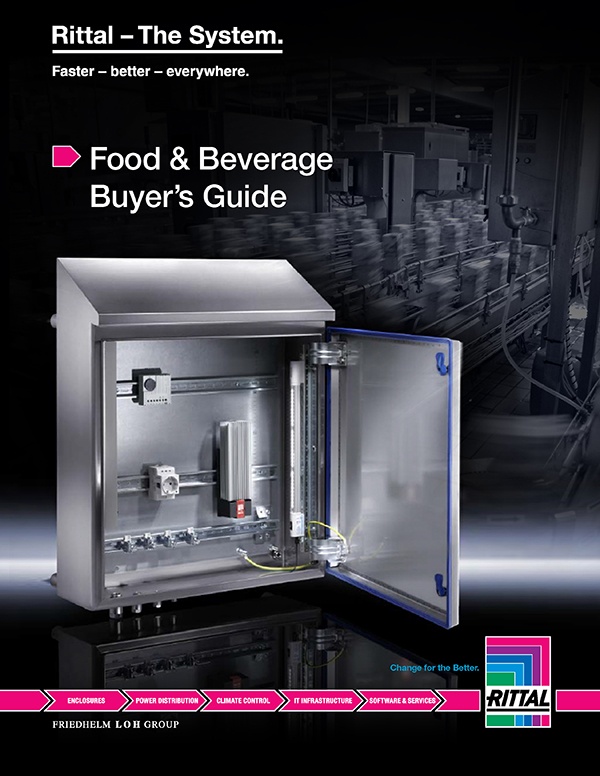
Bioethanol is an alcohol created through the fermentation of carbohydrates produced in sugar or starch crops such as corn, sugarcane, or sweet sorghum. In the United States, most of the bioethanol produced is made from corn; in Brazil, the world’s second largest bioethanol producer, the dominant feedstock is sugar cane. Although research is underway and a few plants have been built to create cellulosic ethanol by fermenting materials such as agricultural residue, algae, wood processing waste, yard and vegetative waste, food processing waste, etc., field corn is the feedstock used to create 98 percent of the bioethanol produced in the United States.1
The Boost to Octane
Since the late 1970s, gasoline refiners have been adding increasing amounts of ethanol to their products. Today, virtually every gallon of gasoline sold in the United States today contains some percentage of ethanol. Changes made to the Clean Air Act in 1992 were in part responsible for this trend. Those changes, designed to reduce carbon monoxide emissions, had led to the use of a gasoline additive called methyl tertiary butyl ether (MTBE), which was used to oxygenate gasoline, raising its octane number. However, it was eventually discovered that leaking underground gas storage tanks were allowing MTBE to contaminate local aquifers, so its use has been discontinued in the United States. Bioethanol has taken MTBE’s place as a way to boost octane numbers.
In the 21st century, the rapid growth in bioethanol use in fuel in the United States has been driven by several pieces of federal legislation intended to reduce oil consumption and increase energy security, including the Energy Policy Act of 2005 and the Energy Independence and Security Act of 2007. Today, the Renewable Fuels Association (RFA) reports that more than 200 bio-refineries in 29 states have the capacity to produce more than 15 billion gallons of ethanol annually.
Challenges in Manufacturing
The managers of ethanol bio-refineries face a variety of technical challenges, including operating their plants in a way that maintains an acceptable energy balance. Essentially, the energy balance is the ratio of energy in a gallon of ethanol relative to the external fossil energy required to produce the corn and process and ship the ethanol.2 Just as critical, however, is preventing dust explosions. Approximately 90 percent of the ethanol produced in the United States is created using a “dry milling” process, in which corn kernels are ground into meal before they are mixed with water and other materials during the fermentation process. This grinding process can produce clouds of fine particles of corn suspended in the air, which pose a serious threat of explosions.
A dust explosion can be catastrophic and lead to employee deaths, injuries, and destruction of entire buildings.3 Corn dust is only one of hundreds of potentially combustible dusts. However, ethanol plants have complex explosion and fire hazards other industries don’t because they combine the attributes of a grain handling facility with a chemical plant because of ethanol’s high flammability. As a result, bioethanol producers must follow stringent regulatory guidelines according to the OSHA Process Safety Management Standard (PSM) and EPA Risk Management Program (RMP).4
Click here to learn how Rittal enclosures add to industrial safety
Keeping combustible dusts like corn dust away from sources of ignition and heat is critical to safety. In addition to preventing sparks, it’s critical to keep combustive dust away from the surfaces of electronic equipment that produces heat during operation and to keep that equipment cool at all times. Overheated electronics may trigger an explosion if the temperature is higher than the ignition point of the combustible dust. The ignition temperature for a corn dust cloud has been calculated at 400°C.5
Rittal offers a variety of enclosures geared to the protection of vital equipment in the processing of bioethanol. Download our Food and Beverage Buyer’s Guide to explore this specialized line.
1 “Pocket Guide to Ethanol 2016,” Renewable Fuels Association, http://www.ethanolrfa.org/wp-content/uploads/2016/02/Pocket-Guide-to-Ethanol-2016.pdf.
2 “2015 Energy Balance for the Corn-Ethanol Industry,” United States Department of Agriculture, February 2016, http://www.usda.gov/oce/reports/energy/2015EnergyBalanceCornEthanol.pdf
3 “Hazard Alert: Combustible Dust Explosions: OSHA Fact Sheet,” December 2014, https://www.osha.gov/OshDoc/data_General_Facts/OSHAcombustibledust.pdf
4 “Ethanol Plant Dust Explosions and Fires,” March 7, 2009, http://dustexplosions.blogspot.com/2009/03/ethanol-plant-dust-explosions-and-fires.html
5 “Dust Explosions – Critical Temperatures and Concentrations,” The Engineering Toolbox, http://www.engineeringtoolbox.com/dust-explosions-temperature-d_394.html


